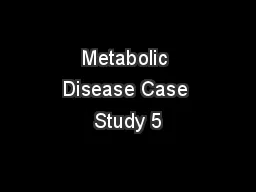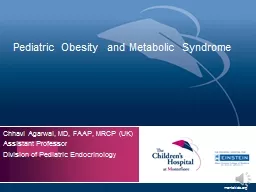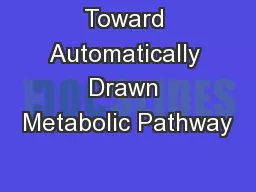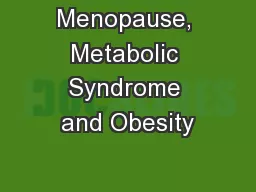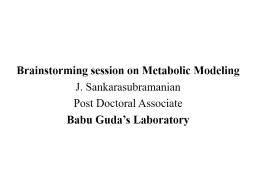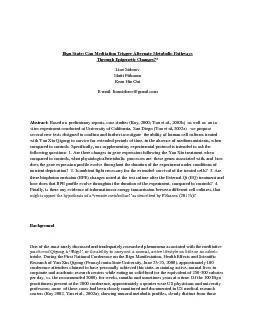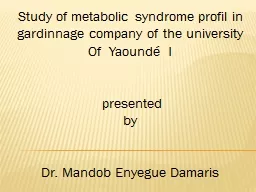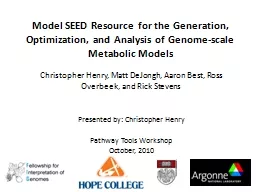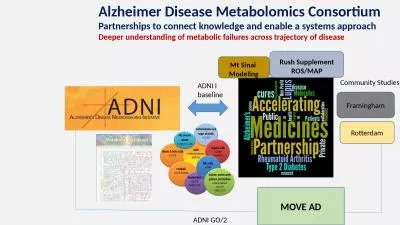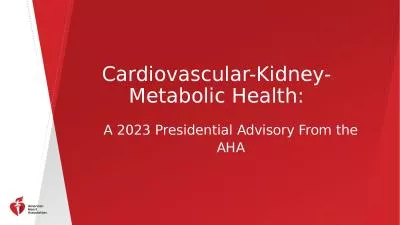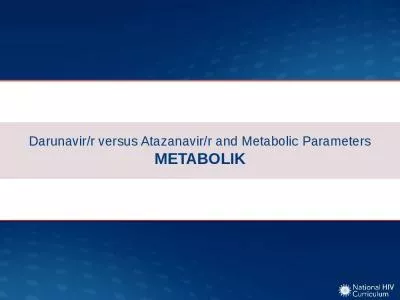PPT-Metabolic Disease Case Study 5
Author : lois-ondreau | Published Date : 2020-04-03
Atkins vs Mediterranean Diet Which on is better Fad Diets Learning Objectives At the end of todays lesson you will be able to Explain how experimental design produces
Presentation Embed Code
Download Presentation
Download Presentation The PPT/PDF document " Metabolic Disease Case Study 5" is the property of its rightful owner. Permission is granted to download and print the materials on this website for personal, non-commercial use only, and to display it on your personal computer provided you do not modify the materials and that you retain all copyright notices contained in the materials. By downloading content from our website, you accept the terms of this agreement.
Metabolic Disease Case Study 5: Transcript
Download Rules Of Document
" Metabolic Disease Case Study 5"The content belongs to its owner. You may download and print it for personal use, without modification, and keep all copyright notices. By downloading, you agree to these terms.
Related Documents

